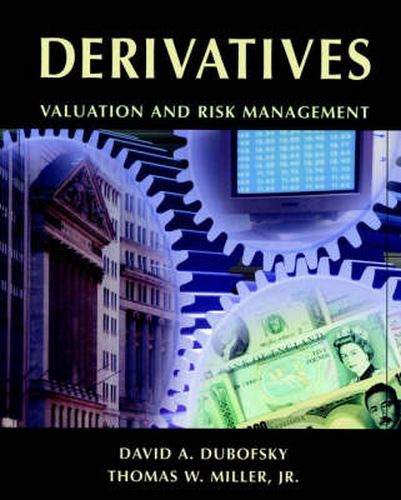Readings Newsletter
Become a Readings Member to make your shopping experience even easier.
Sign in or sign up for free!
You’re not far away from qualifying for FREE standard shipping within Australia
You’ve qualified for FREE standard shipping within Australia
The cart is loading…






Derivatives: Valuation and Risk Management deals with the four primary types of derivative contracts: forwards, futures, swaps, and options. It avoids extensive and difficult mathematics, and instead focuses more on intuitive understanding on how to value each contract, and how to compute the relative price. In addition, it shows how each contract can be used to manage financial price risk. Professionals do not take the time to compute prices, values and other relevant variables. They use software. The book incorporates a widely used software package: FinancialCad in the text. After studying an example, it porceeds to show how FinancialCad solves the same problem. This is important, because software users should not use products iwthout understanding what went into the model that produced the solution. By first reading a specific example, they will be able to use FinancialCad with greater confidence.
$9.00 standard shipping within Australia
FREE standard shipping within Australia for orders over $100.00
Express & International shipping calculated at checkout
Derivatives: Valuation and Risk Management deals with the four primary types of derivative contracts: forwards, futures, swaps, and options. It avoids extensive and difficult mathematics, and instead focuses more on intuitive understanding on how to value each contract, and how to compute the relative price. In addition, it shows how each contract can be used to manage financial price risk. Professionals do not take the time to compute prices, values and other relevant variables. They use software. The book incorporates a widely used software package: FinancialCad in the text. After studying an example, it porceeds to show how FinancialCad solves the same problem. This is important, because software users should not use products iwthout understanding what went into the model that produced the solution. By first reading a specific example, they will be able to use FinancialCad with greater confidence.